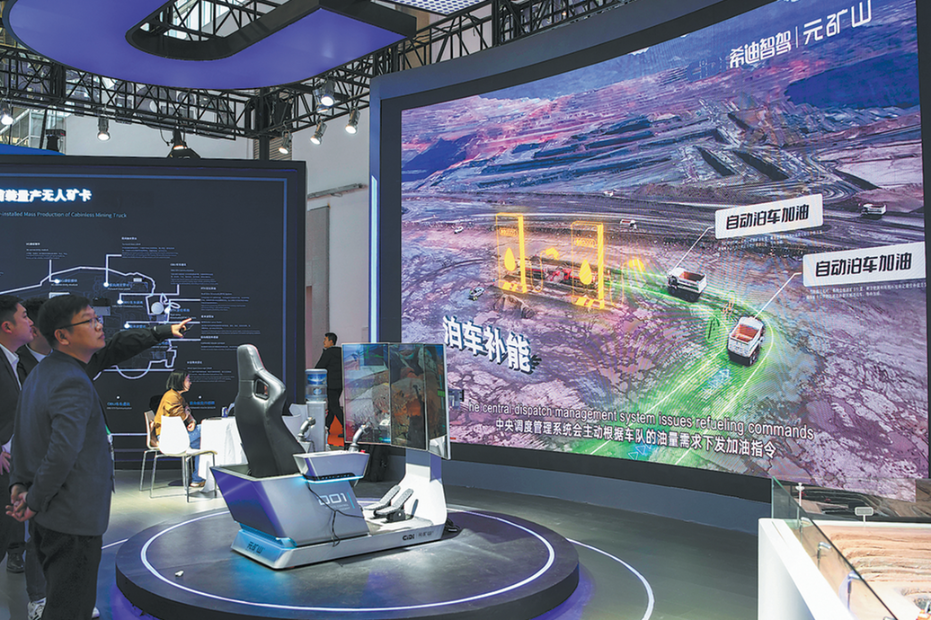Charging piles show robust growth momentum in H1
By ZHENG XIN | China Daily | Updated: 2023-08-03 09:09

The construction of charging infrastructure is still lagging behind sharp demand from the EV sector in China, said Essence Securities in a research note recently, adding that the current vehicle-pile ratio holds great potential for expansion.
The government should step up construction of charging stations as support infrastructure for NEVs to alleviate range anxiety among consumers, it said.
The government has steadfastly aided the development of the NEV industry in recent years, aiming to build a high-quality charging infrastructure system by 2030 to achieve the country's goal of reaching carbon neutrality by 2060.
China has established the world's largest charging infrastructure system in terms of quantity and coverage area, providing strong support for the rapid development of NEVs, said the National Development and Reform Commission, the country's top economic regulator.
The State Council, or China's Cabinet, released a document last month that detailed five major targets in building a high-quality charging infrastructure system by 2030, with extensive coverage, moderate scale, reasonable structure and perfect functions.
According to the document, efforts will be made to optimize and improve the network. Convenient and efficient intercity charging networks and interconnected charging networks in urban agglomerations will be built, especially charging infrastructure in road networks between key cities.
Efforts will also go toward enhancing the layout and construction of public charging infrastructure in rural areas, the commission said.
Local governments should accelerate the distribution and construction of public charging infrastructure in rural areas, while promoting smart charging models and intelligent technologies, it said.
The potential for growth of NEVs in rural areas is vast, surpassing that of even large cities, said Cui Dongshu, secretary-general of the China Passenger Car Association.
The NDRC said it would encourage NEV firms to develop economically practical vehicle models, including new energy cargo micro-vans, micro-trucks and light trucks, for the rural market.
























